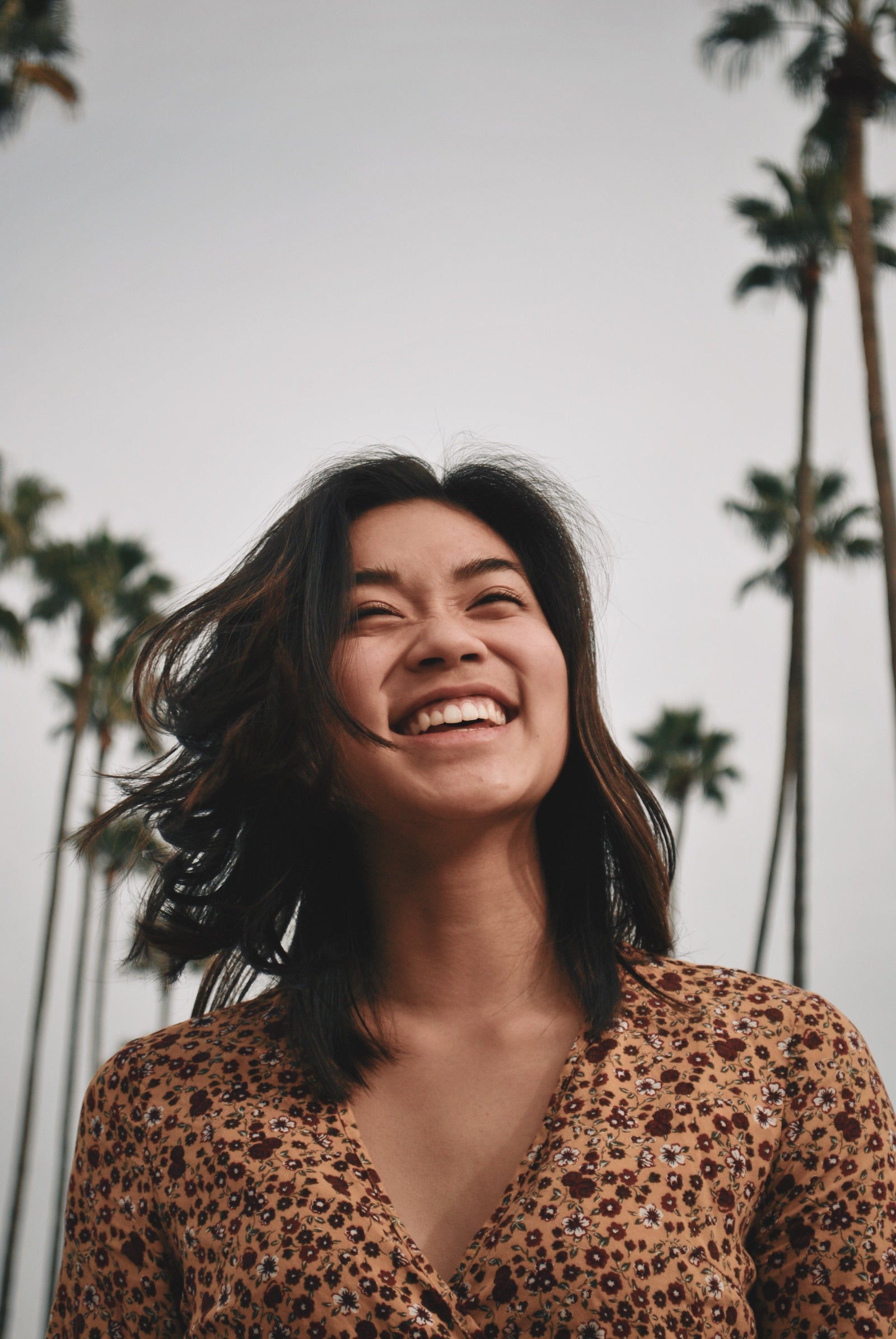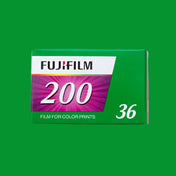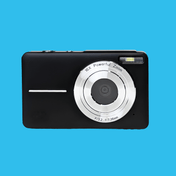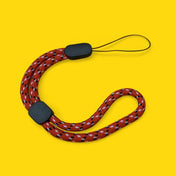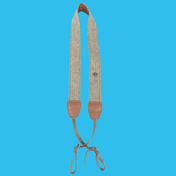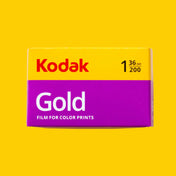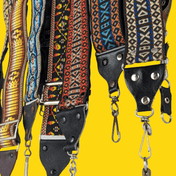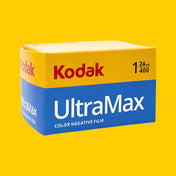The Joy of Film: How Shooting with a Vintage Camera Enhances the Experience
Introduction to Vintage Photography
Embracing the old-school charm of shooting film is not just a trend; it's a journey back in time. Vintage film cameras, with their mechanical simplicity and rich history, offer a unique experience that a digital camera cannot replicate. This article explores how shooting with a vintage film camera can profoundly enhance the photographic experience, connecting us with the past and teaching us the value of patience and skill.
Understanding Film Cameras
The world of film cameras is vast and varied. From the classic 35mm to the medium format, each type of vintage camera has its own character and quirks. Understanding how these cameras work, the types of film they use, vintage lenses, and the distinct images they produce is essential for any aspiring film photographer. We will delve into the mechanics of these timeless machines and the various film types that colour the world in different hues.
The Artistic Appeal of Film Photography
There's something undeniably appealing about the grainy texture and warm tones of a film photograph. The imperfections, often seen as flaws in digital images, are celebrated in film photography. These qualities add a layer of depth and realism to images, making them feel more alive. We'll discuss how a film camera brings a unique artistic perspective, differing significantly from the crisp, clean lines of digital photos.
Technical Mastery in Film Photography
Mastering Manual Settings on a Vintage Camera
-
Mastering manual settings on a vintage camera is a crucial skill for film photographers. Unlike modern digital cameras, vintage cameras require a deep understanding of photography fundamentals such as aperture, shutter speed, and ISO settings. Mastering these settings allows photographers to control the depth of field, motion blur, and exposure of their images. The challenge and beauty of using a vintage camera lie in its mechanical nature, where each adjustment is manual, demanding a more intimate and thoughtful interaction with the camera. This process fosters a stronger connection between the photographer and their subject, leading to more intentional and expressive photography.
The Importance of Light and Exposure
-
Light and exposure are the cornerstones of film photography. Understanding and manipulating light is crucial, as it not only affects the brightness and darkness of an image but also sets the mood and atmosphere. Exposure in film photography is a delicate balance between the ISO, aperture, and shutter speed, requiring a nuanced understanding of how these elements work together to capture light effectively. The photographer must be adept at reading light conditions and adjusting camera settings accordingly to ensure the film is neither overexposed, which washes out details, nor underexposed, which leaves images too dark. Mastering light and exposure is essential for creating compelling and visually striking photographs.
Developing Skills in Film Development
-
Developing film is a skill that sets apart seasoned film photographers. It involves a series of chemical processes to turn the exposed film into a negative image, which can then be printed or scanned. This stage is where the magic of film photography truly comes to life.
The development process requires precision and patience, as different films and desired effects necessitate specific chemicals, temperatures, and timing. Mastering film development allows photographers to have greater control over the final image, enabling them to manipulate contrast, sharpness, and grain. This hands-on process adds a unique personal touch to each photograph, making it as much an art as it is a technical skill.

The Therapeutic Aspect of Shooting with Film
Slowing Down and Appreciating the Process
-
Film photography inherently encourages a slower pace, compelling photographers to be more deliberate and contemplative in their approach. Each shot is valuable, and there's no instant feedback as with digital photography. This slowing down allows photographers to truly engage with their surroundings, paying close attention to details, composition, and lighting. The process becomes meditative, fostering a deep appreciation for the moment and the art of capturing it. It's a refreshing counterbalance to the fast-paced, instant-gratification world we live in, offering a chance to connect deeply with the craft of photography.
The Mindfulness in Manual Photography
-
Manual photography, especially with film, demands mindfulness. Photographers must manually adjust focus, aperture, and shutter speed, making conscious decisions about their subject and the story they want to tell. This requirement for active involvement and decision-making in the photographic process keeps the photographer present and focused. The tactile experience of adjusting a lens or advancing film can be incredibly grounding, turning the act of taking a photo into a mindful practice that sharpens one's awareness and presence in the moment.
The Joy of Anticipation: Waiting for Developed Photos
-
There is a unique joy and anticipation in waiting for film photographs to be developed. Unlike the immediate gratification of digital photography, film requires patience. This period of waiting adds a sense of excitement and mystery to the process. The delay between capturing the image and seeing the final result can be therapeutic, providing a break from the constant rush for immediate outcomes. When the developed photos are finally in hand, it often feels like uncovering a treasure, a moment captured in time, bringing a sense of accomplishment and surprise that is rarely found in the instant turnaround of digital photography.
The Future of Film Photography
The Revival of Film in the Modern Age
-
The modern age has witnessed a significant revival of film photography, a renaissance driven by a blend of nostalgia and a desire for a tangible, authentic experience in an increasingly digital world. This resurgence is not just among older generations reminiscing about the past but is especially prominent among younger photographers who find allure in the physicality and unique aesthetic of film. Social media platforms, photography blogs, and online communities are teeming with film photography work, sparking renewed interest and appreciation. This revival has also led to the reemergence of vintage cameras and the re-production of discontinued film types, indicating a robust and growing interest in keeping the art of film photography alive and vibrant.
Innovations in Film Photography Techniques
-
Despite its traditional roots, film photography is not immune to innovation. New techniques and experimental methods are continually emerging, blending old practices with new ideas. These innovations include advancements in film stock technology, offering greater dynamic range and color accuracy, and experimental processing techniques that create unique visual effects. Additionally, the integration of digital technologies with film, such as using software for advanced film editing and scanning, bridges the gap between analog and digital, offering the best of both worlds. This fusion of old and new techniques is expanding the creative possibilities for film photographers, pushing the boundaries of what can be achieved with analog photography.

Predicting the Next Wave in Film Photography
-
Predicting the next wave in film photography is an intriguing exercise in understanding trends and technological advancements. As we look to the future, it's likely that film photography will continue to carve out a distinct niche, balancing the charm of analog processes with the convenience of digital technology. We may see more hybrid cameras that offer the tactile experience of film but with digital capabilities, such as instant previews or digital backups. Furthermore, there's potential for environmentally friendly developments in film processing chemicals and materials, responding to growing ecological concerns. Another area of growth could be in educational initiatives, with more workshops and courses dedicated to teaching film photography, keeping the art form alive and accessible to new generations of photographers.
FAQs
-
What makes shooting with a vintage camera unique?
Shooting with a vintage camera offers a unique experience due to several factors. Firstly, it involves a more tactile and mechanical process, often requiring manual adjustments for focus and exposure. This hands-on approach can lead to a deeper understanding of photographic principles. Additionally, vintage cameras have their own character, often influencing the aesthetic of the images they produce. The physical film also adds a layer of unpredictability and uniqueness to each photo.
-
How do film and digital photography differ in terms of process and output?
Film and digital photography differ significantly in process and output. Film photography is a chemical process where light-sensitive film captures the image, which then needs to be developed in a darkroom or lab. This process can be time-consuming and less predictable, but many photographers find the imperfections and grain of film appealing. Digital photography, on the other hand, uses sensors to capture images, allowing for immediate viewing, easier editing, and a cleaner, more consistent output.
-
Can beginners easily learn film photography?
Beginners can indeed learn film photography, although it might require more patience and practice compared to digital. Understanding the basics of exposure, composition, and film development is essential. The process can be highly rewarding, as it often encourages a more thoughtful approach to photography.
-
Where can one find resources for vintage camera maintenance?
Resources for vintage camera maintenance can be found in various places. Online communities and forums dedicated to film photography are great starting points. Websites like YouTube also host numerous tutorials and guides. Additionally, specialty camera shops and some photography schools offer workshops on maintaining and repairing vintage cameras.
-
How has the community contributed to the resurgence of film photography?
The resurgence of film photography has been significantly supported by the community. Enthusiasts and professionals alike share their knowledge and passion through social media, blogs, and online forums. This community support makes learning resources readily available and helps in keeping the art of film photography alive. There's also a trend of sharing film photographs on digital platforms, which has helped in popularising the medium among younger generations.
-
What are some tips for someone starting their journey in film photography?
For those starting their journey in film photography, here are some tips:
-
Start with a simple camera to understand the basics.
-
Experiment with different types of film to find your preferred aesthetic.
-
Learn the basics of manual exposure (shutter speed, aperture, ISO).
-
Don't be afraid to make mistakes; each is a learning opportunity.
-
Engage with the film photography community for support and inspiration.
-
Practice patience – film photography is often about slowing down and enjoying the process.
-
Popular Cameras to Choose
-
Large Format Cameras

